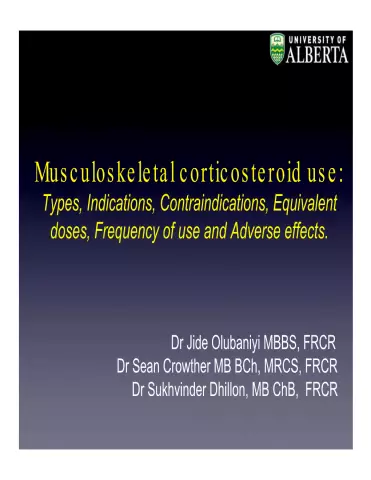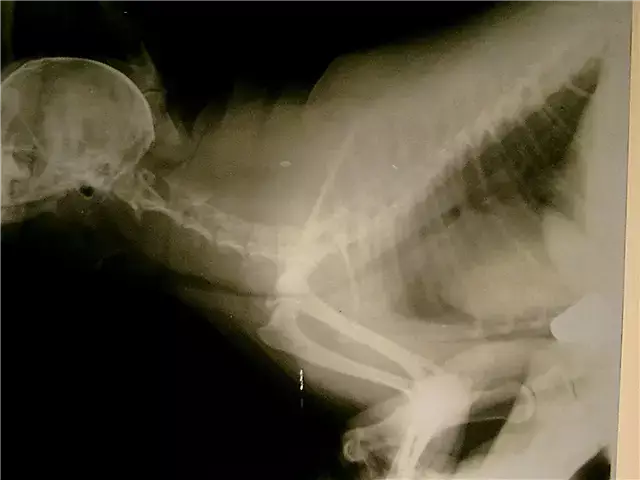- Author Rachel Wainwright [email protected].
- Public 2023-12-15 07:39.
- Last modified 2025-11-02 20:14.
Carboxytherapy

Carboxytherapy is a type of aesthetic mesotherapy based on the subcutaneous injection of carbon dioxide (carbon dioxide). With the help of carboxytherapy, all kinds of cosmetic problems are corrected: acne, wrinkles, stretch marks, cellulite, traces of surgery, loss of skin firmness and elasticity.
It has been proven that for the normal implementation of oxidative and metabolic processes in cells, the minimum "tension" of oxygen in the mitochondrial area should be at least 0.1-1 mm Hg. (critical "tension" of oxygen). Since the only "reserve" of oxygen that can be used by the body is its dissolved fraction, a decrease in the supply of O 2 leads to inevitable oxygen starvation of cells, which is expressed in a slowdown in the processes of their vital activity.
Lack of oxygen in the tissues causes dysfunction of the endothelium of the arterial-venular link of the microcirculatory bed and capillaries. This process leads to a loss of the ability of cells to regenerate, a decrease in their elasticity, the appearance of acne, age spots and, as a consequence, premature aging of the skin.
Carboxytherapy method
The method of carboxytherapy is based on the Bohr Effect, the essence of which is the ability of carbon monoxide to affect the concentration of oxygen in the blood.
During carboxytherapy, carbon dioxide (medical carbon dioxide) is injected under the skin, which is accompanied by an artificial increase in oxygen starvation of cells. The increased "tension" of carbon dioxide in the cells reduces the binding of O 2 to hemoglobin, which promotes the dissociation of oxyhemoglobin, as a result of which the blood "releases" oxygen from the chemical compound and "transfers" it to the tissue fluid.
30 minutes after the carboxytherapy session, all carbon dioxide is completely removed from the body with the help of the lungs and kidneys, however, the work inside the body is just beginning. Skin cells "wake up" and begin to respond to a stressful situation with a sharp increase in blood circulation. Oxygen entering the tissues during carboxytherapy is involved in the oxidative processes of cells. The entry of O 2 into cellular mitochondria increases the synthesis of adenosine triphosphoric acid (the main supplier of energy to cells), giving them the opportunity to function at a qualitatively different energy level.
In the absence of contraindications to carboxytherapy, the procedure of subcutaneous injection of carbon dioxide can be used as a powerful rehabilitation support before and after plastic surgery, with varicose veins, in the fight against local fat deposits and cellulite.
Facial carboxytherapy
Facial carboxytherapy is carried out using modern equipment that allows you to control the indicators of volume, pressure, concentration and depth of substance injection.
At the injection site, an almost instantaneous increase in blood and lymph flow occurs, as a result of which the metabolic processes of cells are accelerated. Exposure to the skin of carbon dioxide triggers the process of skin restoration and rejuvenation, which is manifested by:
- In a pronounced anti-inflammatory effect;
- In the normalization of trophism, expansion of the lumen of blood vessels;
- In stimulating the activity of fibroblasts - special cells responsible for the production of skin building protein (collagen) and strengthening the dermal matrix;
- In the enhanced production of hyaluronic acid, fibronectin, polysaccharide complexes, amino acids by the skin;
- In improving the process of cell metabolism;
- In a pronounced lifting effect, increased turgor, skin hydration;
- In the activation of cellular immunity;
- Increasing cell regeneration;
- In reducing the volume of subcutaneous fat, etc.
The procedure for carboxytherapy, according to reviews, is not accompanied by pain. The feeling during the session can be compared to a slight feeling of tension on the treated area. Slight discomfort usually lasts 3-5 minutes while carbon dioxide is released. After the injection, a slight swelling may appear in the treatment area, however, it is this inflammatory process, which is an integral part of carboxytherapy, and provokes regenerative processes in the tissues.
To obtain a stable lifting effect, usually 4-6 procedures are required. A facial carboxytherapy session lasts about 30 minutes and is performed every 2-4 weeks.
It is not recommended to wet the injection site after the facial carboxytherapy procedure for 4 hours. Also, you should not swim, visit the sauna, bath, overheat or overcool the skin of the face before the redness and swelling of the tissues disappear.
Non-invasive carboxytherapy

Non-invasive carboxytherapy is a method of transdermal administration of carbon dioxide into tissues in a non-invasive manner, that is, without subcutaneous injection.
The essence of the procedure is to apply a special product to the skin, the main component of which is a carbon dioxide molecule obtained by mixing the mask's ingredients.
Molecular carbon dioxide quickly penetrates the skin and, reaching the blood vessels, increases blood flow, enhances cell metabolism and oxygenation of the blood. The method of non-invasive carboxytherapy provides continuous introduction of carbon dioxide throughout the entire procedure and stable results:
- Pronounced improvement in facial texture;
- Lifting effect;
- Strengthening the muscle frame;
- Strengthening the skin around the eyes, reducing puffiness;
- Minimization of scars after acne, stretch marks.
- Reducing the severity and number of wrinkles.
Non-invasive facial carboxytherapy enhances the effect of other cosmetic techniques: peelings, aesthetic care, hardware cosmetology and can be applied immediately after ultrasonic and cosmetic cleanings, iontophoresis, microcurrents, electroporation.
Contraindications to carboxytherapy
According to reviews, carboxytherapy has no complications and no side effects. There is also no rehabilitation period after the procedure.
However, there are a number of diseases in which carboxytherapy can cause a deterioration in the body's condition.
Absolute contraindications to carboxytherapy are:
- Recently suffered myocardial infarction;
- Inflammatory process at the site of treatment;
- Renal and respiratory failure;
- Epilepsy;
- Pregnancy and breastfeeding.
Found a mistake in the text? Select it and press Ctrl + Enter.






